7 Ways To Support Reforestation

Nature is key in healing our planet. It’s true, no trees, no humans. Scientists are saying halting deforestation is just as urgent as reducing emissions. Protecting and restoring forests would reduce 18% of emissions by 2030 and help avoid global temperature rise beyond 1.5C. Trees and other vegetation currently absorb around a quarter of the CO2 humans are adding to the atmosphere, softening the potential impact of climate change.
The sad reality is that forests are being cleared out at near record rates. Deforestation is known to drive 15% of all greenhouse gas emissions, and slowing it remains one the most effective mitigation steps. The number one threat to earth’s forests is for agribusiness, where large areas of forests are burned or cleared to make space for crops and livestock.
Sometimes we can feel helpless in the fight on climate change, but I am sharing 7 actionable, realistic ways we can support reforestation and conservation:
1. Browse with Ecosia

THE SEARCH ENGINE THAT PLANTS TREES!
You can support reforestation from the comfort of your couch. Ecosia works like any other search engine except they use their profits, from search ads, to plant trees. 80% of profits are donated to non-profits focused on reforestation and conservationism. If you don’t believe it Ecosia publishes their monthly financial reports and tree planting receipts so you can see for yourself.
Trees are planted where they’re needed most. In Indonesia the trees are providing alternatives to palm oil and improving farmers livelihoods. In Ethiopia water cycles are being restored after suffering one of the most severe droughts in 2016. In Colombia searches are supporting coffee farmers and the shift from illegal coca plantations. These are just a couple examples of how Ecosia is not only reforesting our planet but also empowering communities.
So far they have planted over 50 million trees which means 2.5 million tons of CO2 has been removed from our atmosphere, 60,000 hectares of land has been restored, and over 500 native tree species have been planted. They have an incredible goal to reach 1 billion trees by 2020, help them out by making the switch.
Check out this 6 minute video to see the impact of 50 million trees HERE.
2. Buy Less Products with Palm Oil



It’s in everything – shampoo, soap, cookies, chocolate… there’s a huge amount of everyday products that contain palm oil. In fact, 50% of packaged foods contain palm oil. Mass deforestation is happening in Africa, Asia, and America, but more specifically in Indonesia and Malaysia – home to 90% of production. The land is clear-cut for the oil-palm tree, a very lucrative plant that creates the most versatile oil than any other plant-based oil of its kind. Aside from destroying wildlife, the palm oil industry is also the cause of slavery, displacement of indigenous people, and substantial use of pesticides and herbicides that are harmful to the environment, workers, and those who inhabit the area. So how can you spot it in your products?
Palm oil hides behind a myriad of names (see below), but a big problem is that it is often listed as “vegetable oil.”
The alternatives to palm oil are bleak. It’s an incredibly high-yielding vegetable oil and anything that would end up replacing it would most likely require even more land. An alternative would merely shift rather than counter the losses of rainforests and wildlife from agriculture. Instead, we should focus on lessening our demand. The demand for palm oil is connected to an increase in processed packaged foods. We should focus on eating more fresh seasonal fruits and vegetables. Palm oil isn’t even healthy. It’s high in saturated fats and calories, and has some connections to organ toxicity, insulin resistance, and obesity.
3. Use Recycled or FSC Certified Paper and Wood Products
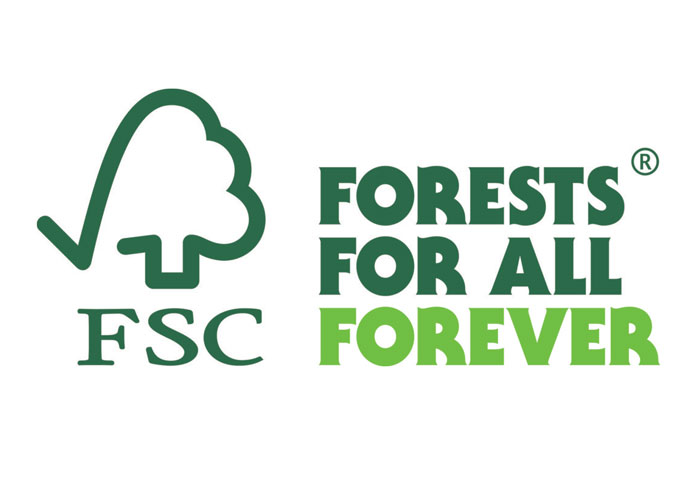
RECYCLED PAPER
Recycled paper diverts used paper from landfills and returns it to the paper manufacturing stream. This process saves on emissions, wastewater, energy, and saves 100% of trees! Recycled paper production emits 40% less greenhouse gases than virgin paper production. Keep on recycling your used paper because paper that ends up in the trash goes straight to the landfill and decomposing paper is found to be a significant source of methane emissions from landfills.
RECLAIMED WOOD
Reclaimed wood comes from old buildings that are removed or demolished leaving behind air-dried wood. The cumulative energy used to make virgin lumber in comparison to using reclaimed would was found to be 11 – 13 times more. Reclaimed wood is actually a great insulator due to its cellular structure making it great for flooring, walls, and ceilings, plus it adds a lot of beautiful character!
FSC CERTIFIED PAPER AND WOOD
FSC stands for Forest Stewardship Council. Back in 1990 when deforestation started to be considered a global problem the FSC was founded. This certification ensures socially responsible, economically feasible, sustainable forest management.
SIX REASONS TO CHOOSE FSC CERTIFIED WOOD AND PAPER:

- The label guarantees that the trees harvested are replaced or allowed to regenerate naturally.
- To protect rare animals and plants, parts of forests are protected entirely.
- FSC is the only wood certification endorsed by large environmental charities, including Greenpeace and The Woodland Trust.
- FSC protects the rights of indigenous people. If they have sacred sites in the forest those areas are exempt from clearing.
- The forest owner must use local workers to run the forest. They must provide training, safety equipment, and a fair salary. The owner is often obligated to support the community in other ways such as the development of schools.
- With FSC the product has been tracked from the forest to the store. All the wood is tracked from the forest to the store. Every link between the forest and the consumer is certified to make it clearly identifiable which wood is FSC certified.
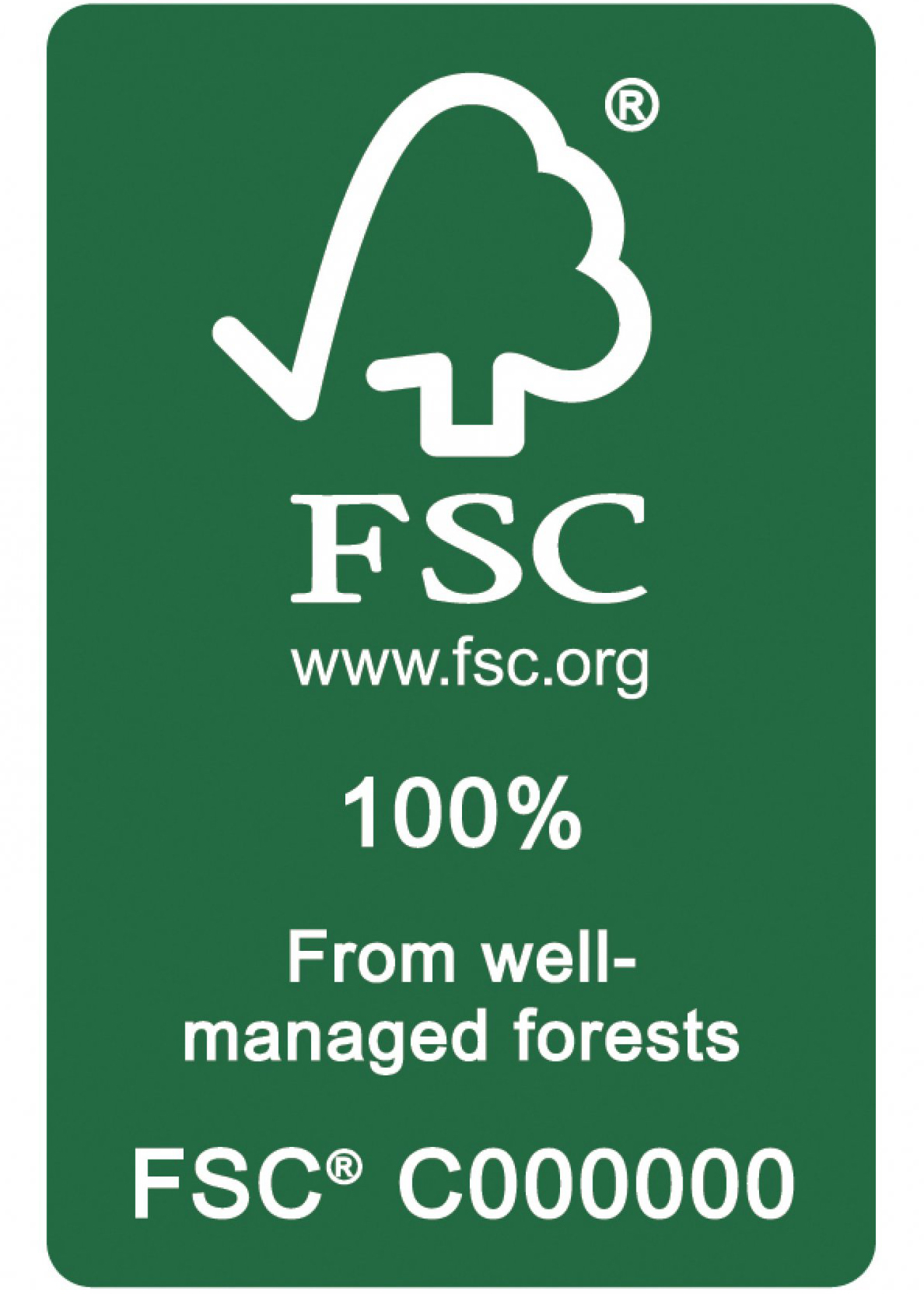
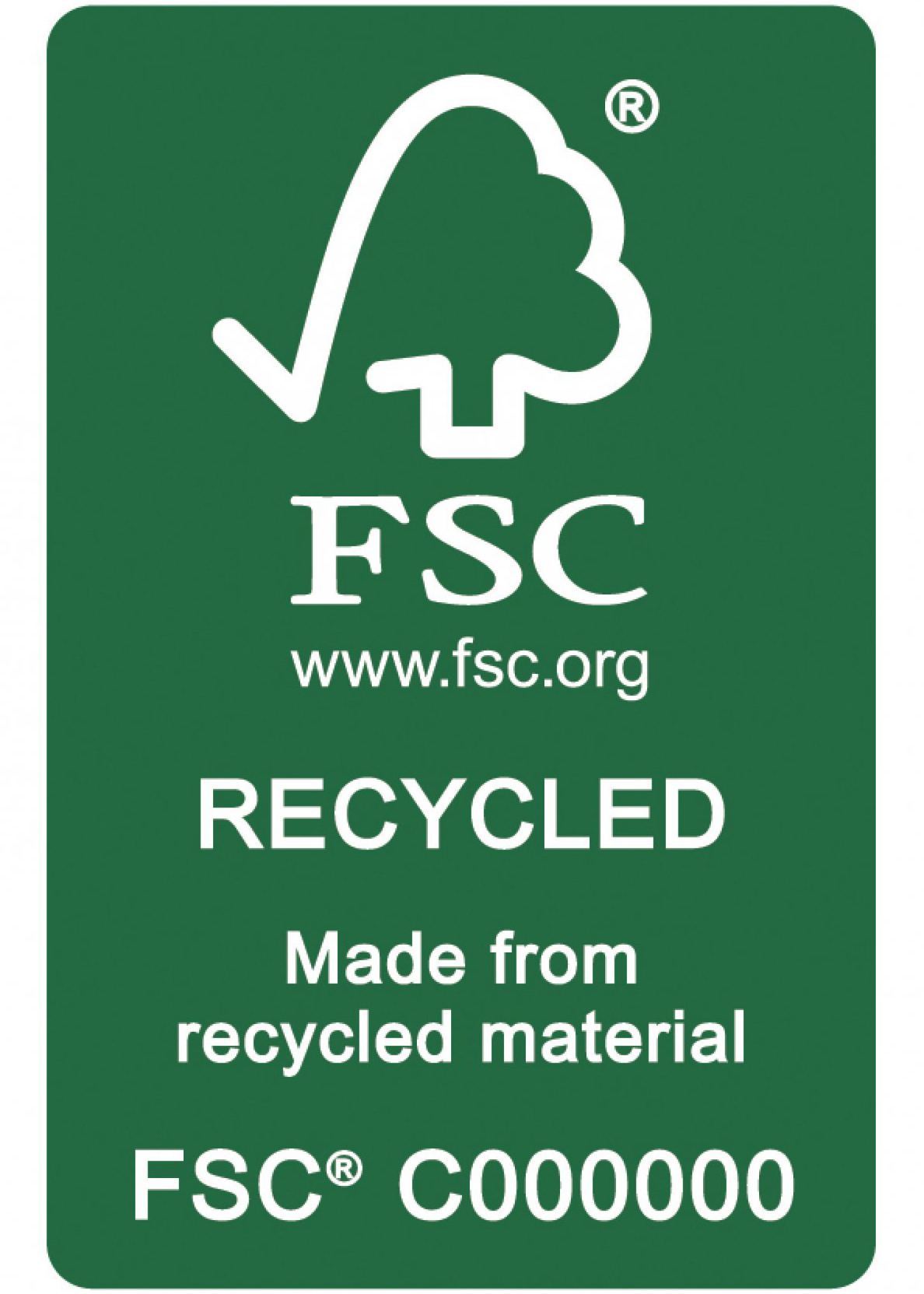
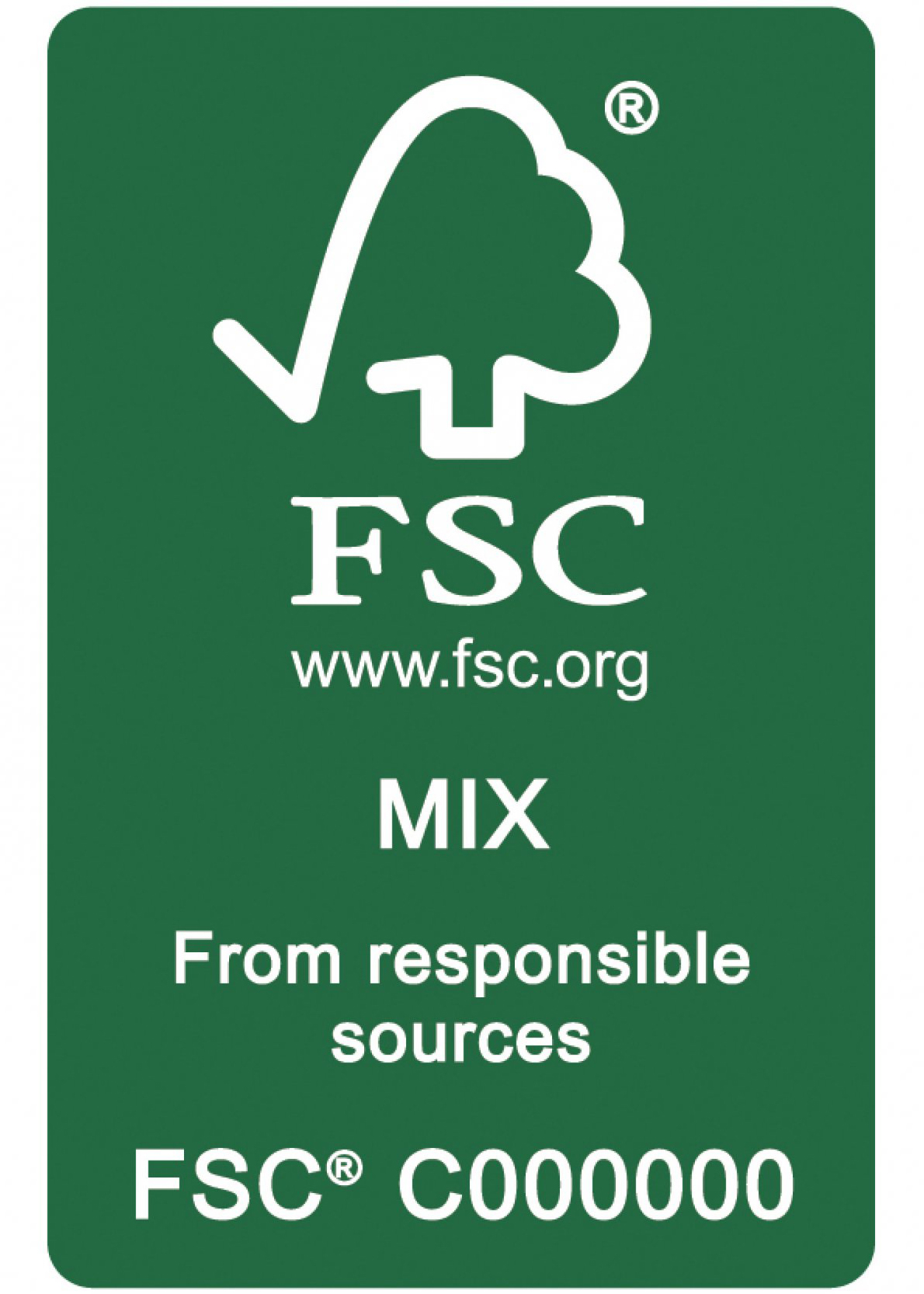
The FSC label can be found on wood and paper products, even on non-timber forest products such as latex. You can find it on pencils, eyeliner, tissue boxes, floors, decking, utensils, and many more products!
Please note, while FSC MIXED can contain controlled wood that is not FSC certified, the controlled wood cannot be illegally harvested, harvested in violation of traditional and civil rights, harvested in forests where high conservation values (HCVs) are threatened, harvested in forests being converted to plantations or non-forest use, and harvested in forests where genetically modified trees are planted.
This topic brings up the question, is it better to purchase recycled paper and wood products or FSC certified products? Both have their merits. When choosing recycled paper checking for percentages is key. The recycled paper might not contain a very high level of old paper so it’s best to look for the highest level of “post-consumer waste paper” possible. So which is better? Well, rather than choose between the two, hunt for both! (sorry, trick question!) Deforestation remains high, but we do have options on choosing systems that reduce paper waste and protect our forests.
4. Donate to or get Involved with Conservation Organizations

One of the best chances of us seeing change is by financially or physically supporting environmental conservation groups that have been working hard and fighting the good fight for years.
TOP CONSERVATION ORGANIZATIONS:
One of the most effective non-profit conservation organizations worldwide. Their mission is “conserving land and water on which all life depends.” Check out their large-scale restoration initiative – PLANT A BILLION.
The largest nonprofit membership organization dedicated to tree planting.
The non-profit works to conserve biodiversity and ensure sustainable livelihoods by transforming land-use practices, business practices, and consumer behavior.
Works to safeguard the earth – its pople, its plants and animals, and the natural systems on which all life depends.
The largest environmental organization in the world is a global, independent campaigning organization that uses peaceful protest and creative communication to expose global environmental problems and promote solutions that are essential to a green and peaceful future.
A non-profit focused on planting trees all around the world. One dollar plants one tree.
An organization that helps to preotect and save America’s Forests, Arctic refugees, bodies of water, and wildlife.
A Maryland-based nonprofit organization that helps communities around the world plant trees.
The non-profit is dedicated to reforestation. Their mission is to engage Americans in promoting the health and public enjoyment of our National Forests.
The UK’s largest woodland conservancy charity.
If you are short on cash you can check on their websites for online activism opportunities that can be as simple as signing your name to a petition. Or consider acting locally. Some of these organizations might have volunteer opportunities in your area so you can donate your time instead of money!
5. Impact Investing / Investing in Indigenous Communities

Impact investing or socially responsible investing (SRI) refers to investments “made into companies, organizations, and funds with the intention to generate a measurable, beneficial social or environmental impact alongside a financial return.” We can directly influence a company’s corporate conduct through engagement and exercising our voting rights. If you already have an investment portfolio you can tailor it to focus on companies that align with your values. If you’re looking to start one, it is the perfect time to build a socially responsible portfolio from square one.
INVESTMENT SERVICES WORTH CHECKING OUT:
Swell makes it easy to invest and understand the process. Their platform is profit + purpose. Swell will invest your money in companies solving the world’s biggest problems.
Invests exclusively in sustainable funds that screen on ten separate environmental, social and corporate governance (ESG) criteria. Investments will contribute to mutual funds which promote positive social and environmental progress.
A Public Benefit Corporation (PBC) dedicated to using technology to bring honesty and transparency to financial services, while making socially responsible investing easy and more accessible. If you join, you’ll gain access to a fully diversified portfolio that can be easily tailored to reflect your values.
A national portfolio management firm. They are a partner of Green America and have been at the forefront of socially responsible investing for over 30 years. A good resource is their THE HEART RATING which evaluates mutual funds and rates them based on their social, environmental, and governance performance.
A leader in the environmentally and socially responsible investing field. Their unique three-pronged approach combines a fossil fuel free sustainable investing strategy with award-winning shareholder advocacy and support of environmental non-profits to deliver impact in a way no other mutual fund family can.
One of the most efficient ways to protect forests is by investing in indigenous communities. Indigenous practices have been protecting and preserving the forests these communities call home long before the arrival of the modern economy.
HOW TO INVEST IN INDIGENOUS PEOPLES:
SCREEN YOUR STOCKS
Consult your investment manager on whether your investments take into the account the rights of indigenous people. Utilize the FIRST PEOPLES WORLDWIDE’S INDIGENOUS PEOPLES INVESTMENT GUIDELINES so your investment manager can properly evaluate how companies handle working with indigenous peoples.
SHAREHOLDER ACTIVISM
People who own direct company stock have a great deal of influencing from within to drive companies to establish better practices. As a shareholder, you can vote by proxy and weigh in on important issues. If you own mutual funds, your mutual fund manager votes proxies for you. Ask them how they vote on indigenous rights.
COMMUNITY INVESTING
P
6. Carbon Offsetting

This is probably going to be the most unpopular actionable step because no one wants to dish out more $$$, but here me out:
P.S these last few steps are more directed toward fighting for a habitable climate as a whole!
We’ve seen a rapid increase in carbon emissions since the Industrial Revolution and today’s numbers are at an all time high. Carbon Dioxide, Methane, CFCs (Chloroflourocarbons), Nitrous Oxide, and Fluorinated gasses are all greenhouse gasses emitted into our atmosphere based on the choices we make.
BUY CARBON OFFSETS
We should always aim to reduce our emissions directly, however carbon offsets can help reduce and even eliminate your carbon footprint. When you buy a carbon offset your money supports a project working to reduce emissions. Tree planting and soil management projects help remove CO2 from the atmosphere, while energy efficiency projects like solar and wind farms reduce overall emissions.
Keep scrolling to find where you can calculate your carbon footprint plus where to offset your emissions!
WHAT IS CARBON TAXING?
I want to take a second to talk about carbon taxing. Right now there is inadequate incentive for firms and households to reduce emissions. A carbon tax, a form of pollution tax, is any tax on activity that puts carbon into the atmosphere. It imposes a fee on the production, distribution or use of fossil fuels based on how much carbon their combustion emits. This tax would make using dirty fuels more expensive and therefore would incentivize utilities, businesses, and individuals to lessen their consumption and use energy more efficiently. This would also make alternative energy more cost-competitve. The key is getting the tax level right. If it is too low many would opt to pay the tax and continue polluting. If it is too high it would effect profits, jobs, and consumers. The idea is that when we consume fossil fuels we are creating pollution that effects everyone, so you should have to pay for your part in the pollution.
A carbon tax is widely accepted in some form in many northern European countries like Denmark, Finland, the Netherlands, Norway, Poland and Sweden. At this time, carbon taxes are not mandated in the US. If a carbon tax was implemented at a national level the fear is that it would anger people because no one wants to pay more taxes with high prices already found on gas and energy, BUT this could reduce taxes in other areas, like payroll tax.
Getting a bit off topic but… currently, our lawmakers prefer carbon trading over carbon tax as the economic solution. Carbon trading, also known as emissions trading, is a market based tool to limit greenhouse gases. Cap-and-trade systems are the most popular way to regulate greenhouse gases. The government sets a cap on allowable emissions across a given industry, with caps getting stricter over time. The emission allowances are then auctioned off or distributed. For more info on cap-and-trade visit HERE.
Both cap-and-trade systems and carbon taxing have their pros and cons, although many economists would argue that a carbon tax is the fairest, most effective and efficient single policy tool in the fight on climate change. However, as a individual you can choose to pay a monthly carbon tax to offset your carbon footprint.
CALCULATING YOUR CARBON FOOTPRINT
In less than a couple minutes you can get an estimate on how much carbon you produce each month by visiting CARBOTAX.ORG, plus how much you should pay monthly to offset your carbon emissions. I also love FOOTPRINTCALCULATOR.ORG which calculates how many earths we would need if everyone lived like you. Both are very eye opening!
WHERE TO OFFSET YOUR CARBON FOOTPRINT
BUY FROM YOUR UTILITY COMPANY
Many utility companies sell carbon offsets to their customers to help offset the CO2 produced by their home or office. This could be a more convenient option for many people.
HOW TO AVOID SCAMS
Make sure you’re looking for transparency and certifications before paying out. For your carbon offset to be effective you have to choose a provider that is funding a real project to enact permanent change. A legitimate provider will be verified and enforced by third-party organizations as well. If its reviewed a certified by nonprofits like Climate Action Reserve, Green-e Climate, Gold Standard, or the EPA Climate Leaders profram that its trustworthy.
7. Vote, and Stay Informed with Elected Officials
Systematic change is crucial and we need collective action by multiple institutions to tackle the biggest problem our planet is facing. We need to tell our leaders that we KNOW the truth about climate change. The sad reality is that fossil fuels manipulate and dictate us. To protect our planet we need to vote for leaders who will fight climate change by ending fossil fuels subsidies, investing in renewables, leaving fossil fuels in the ground, and supporting a price on carbon.
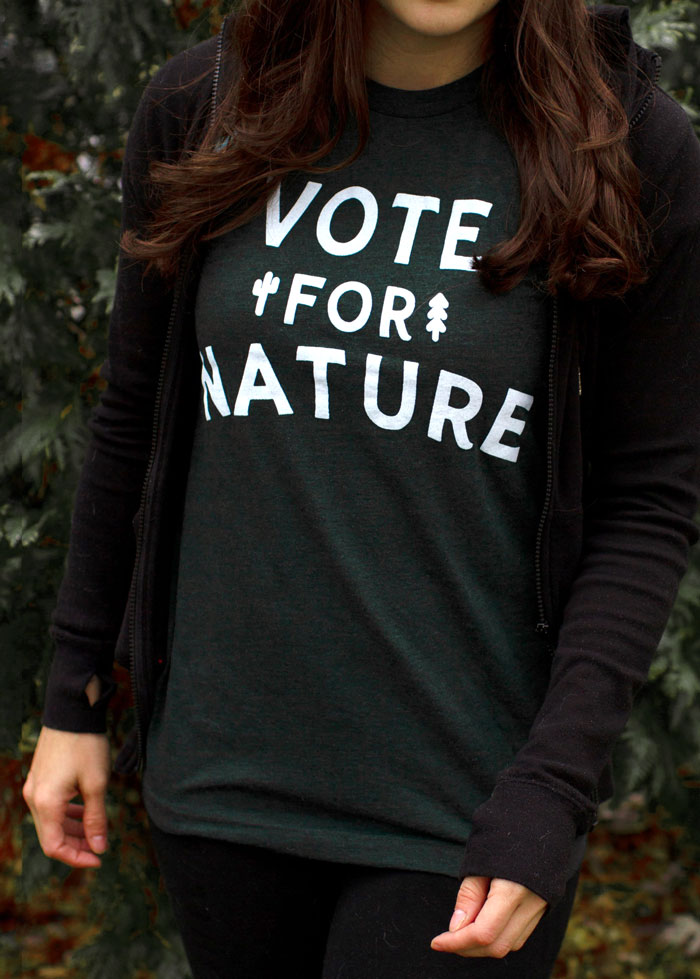
TIPS ON RESEARCHING CANDIDATES:
• Explore each candidates website. If one of the candidates is an incumbent in the House of Representative or Senate you can head over to Congress.gov and research their voting records to see where they stand on important issues.
• A great resource is HEAD COUNT a voter info hub, ON THE ISSUES where you can find where candidates stand on specific issues, and OPEN SECRETS where you can follow their money.
• If the candidates are local, attend campaign meetings.
Stay informed. Get your information from reputable sources. If you don’t know if its reliable, follow the money. Find out how they are getting funded for this information. We live in a world where misinformation spreads quickly so its important to do our due diligence when gathering information and sharing it with others.
↟↟↟

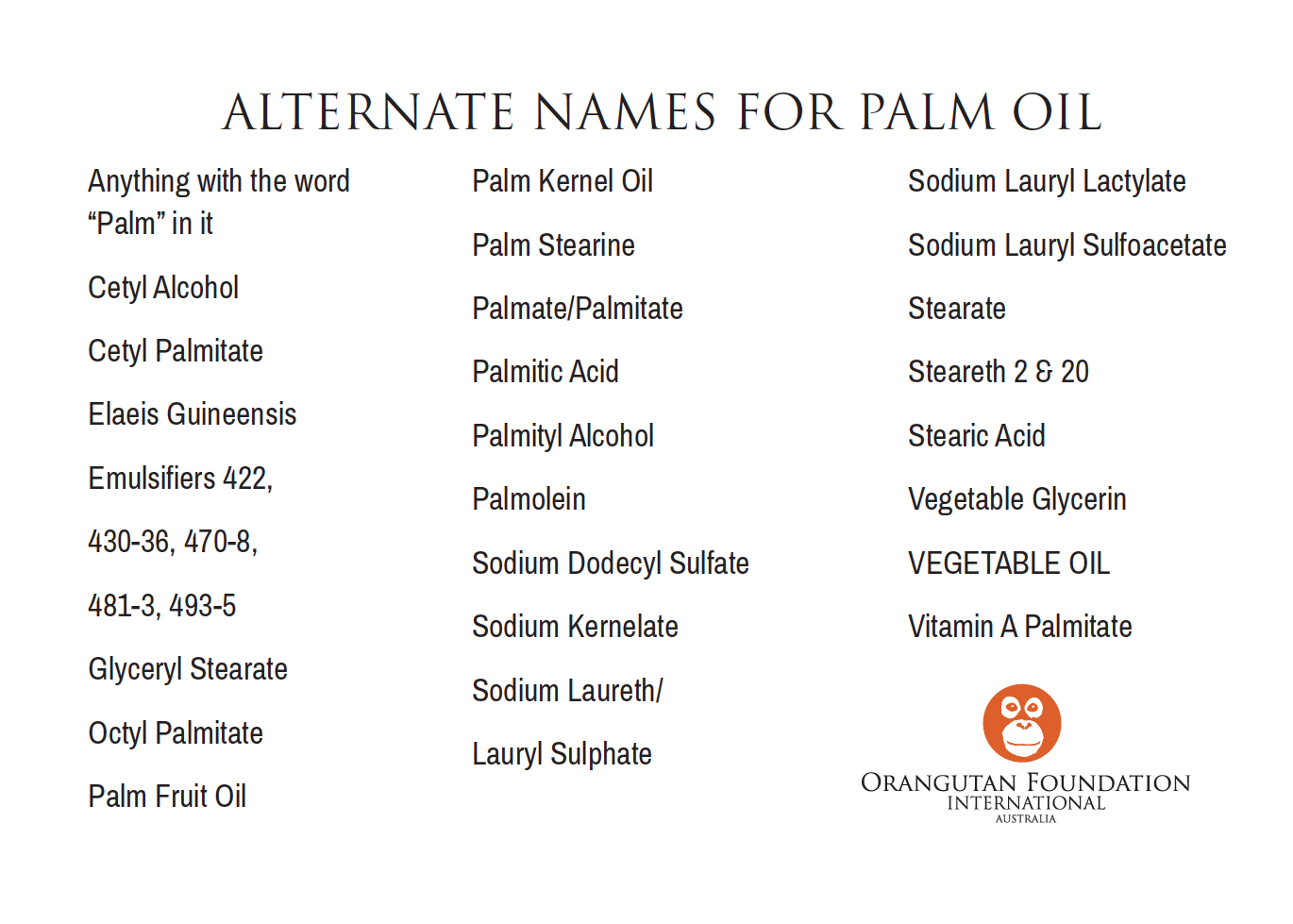





0 Comments